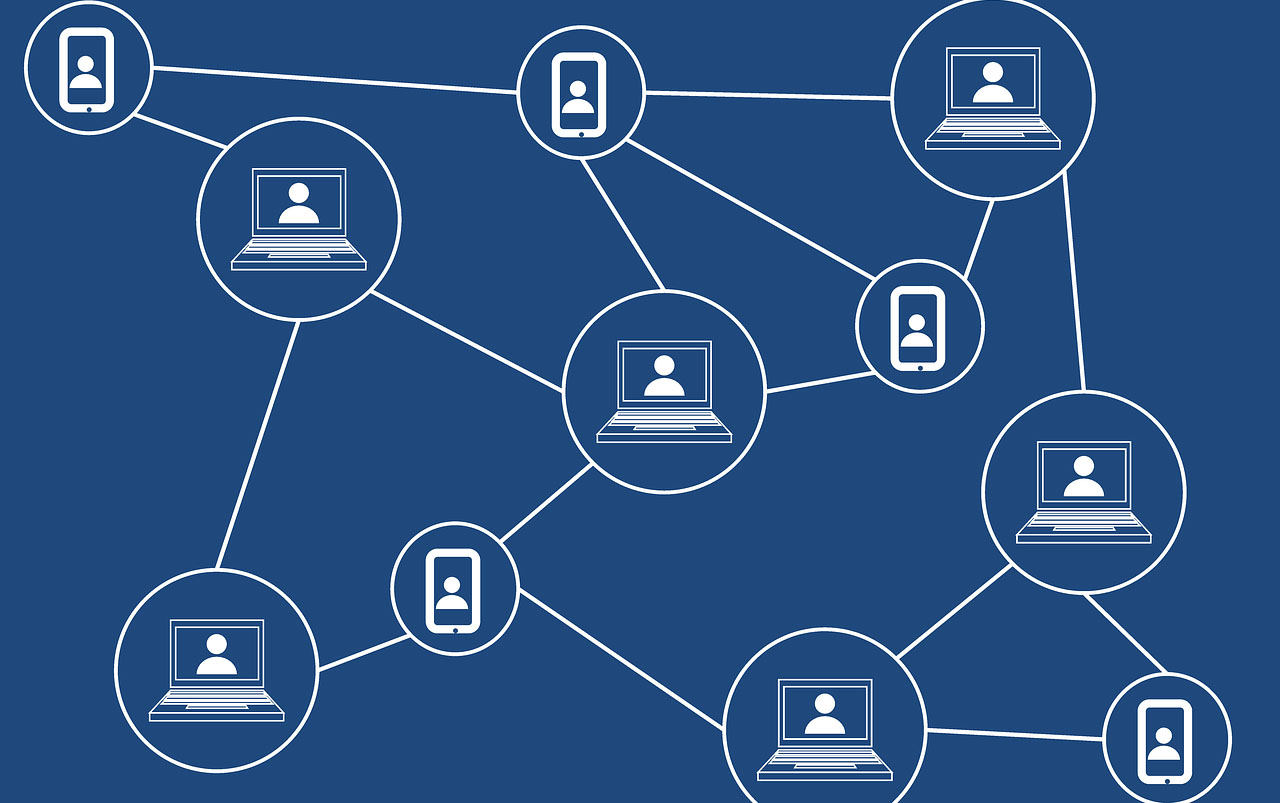A little-known part of my professional career was a four-year stint as an entrepreneurship professor at a private university. All my students fell into one of three buckets: those who wanted to actually learn and were always prepared; those who just didn’t care; and those (the majority) who wanted to know what they needed to do to get the desired grade.
That's how we see insurance industry incumbents when it comes to their innovation strategies. Some want to excel. Some don’t seem to care as much. Most want to know what they need to do to get a good innovation assessment score from A.M. Best, as part of a general hope to remain relevant or maintain market share.
As we have said repeatedly, we don’t see that treading water is a strategy for growing and gaining an innovation advantage. Yet too many companies are being tutored on their innovation education by advisory firms that seem to support just checking the boxes for a passing grade from A.M. Best.
We have read through paper after paper, release after release and promotion after promotion from advisories on how to score well on the A.M. Best Innovation Assessment. These advisories promise to help incumbents stockpile evidence about leadership on innovation, about culture shift, about resource commitment and allocation. These advisories will help incumbents show that they have a process in place and a structure to follow.
But do they support real, measurable results? Not so much.
The insurance industry historically has been an amazingly innovative community when it comes to asset and investment management and financing the risks we know, measure and understand. How many industries could take hits like hurricanes Harvey, Irma and Maria and California’s wildfires—all in just the last couple of years—and come out intact? But the industry's innovative DNA does not extend to technology advancement and how to serve a customer base that historically were captive buyers—their only real choice was which company to buy from—but now has alternatives.
So how should insurance industry incumbents think about innovation, if they want to do more than the minimum? How can insurers innovate and use technology to improve margins or to produce new, organic revenue growth, based on core premiums and, perhaps, on revenue not related to insurance?
Obviously, it has to begin with a process that focuses on results, not checking boxes. Most of the advisory firms that have served the insurance industry for decades are very effective at enhancing the industry's "financially innovative" DNA. But too many have limited, if any, experience guiding incumbents through an innovation system designed, from the beginning, to produce measurable results within a short time. Many traditional advisories are fluent in financial innovation or perhaps core systems deployment but not in digital innovation. ITL has seen this issue up close, as we have been brought in after some advisory firms have finished innovation engagements.
Just like a student who wants to learn, companies must be willing to ask non-obvious questions and do more than simply follow the herd.
Don’t misread what I am saying here. We believe that Best’s inclusion of an innovation assessment as part of its rating process is terrific and, based on what we know, will drive companies toward effective innovation.
But I challenge the industry (and the advisories that counsel insurers): Do not innovate for a passing Best assessment score. Do better than that.
Apply a little genetic engineering to your own innovative DNA. Stretch those innovation muscles, and move courageously into the future.
Here's a free bit of advice: As you think about building an innovative system, realize that, as surely as trust follows respect, culture follows success.
Wayne Allen
CEO
Insurance Thought Leadership























